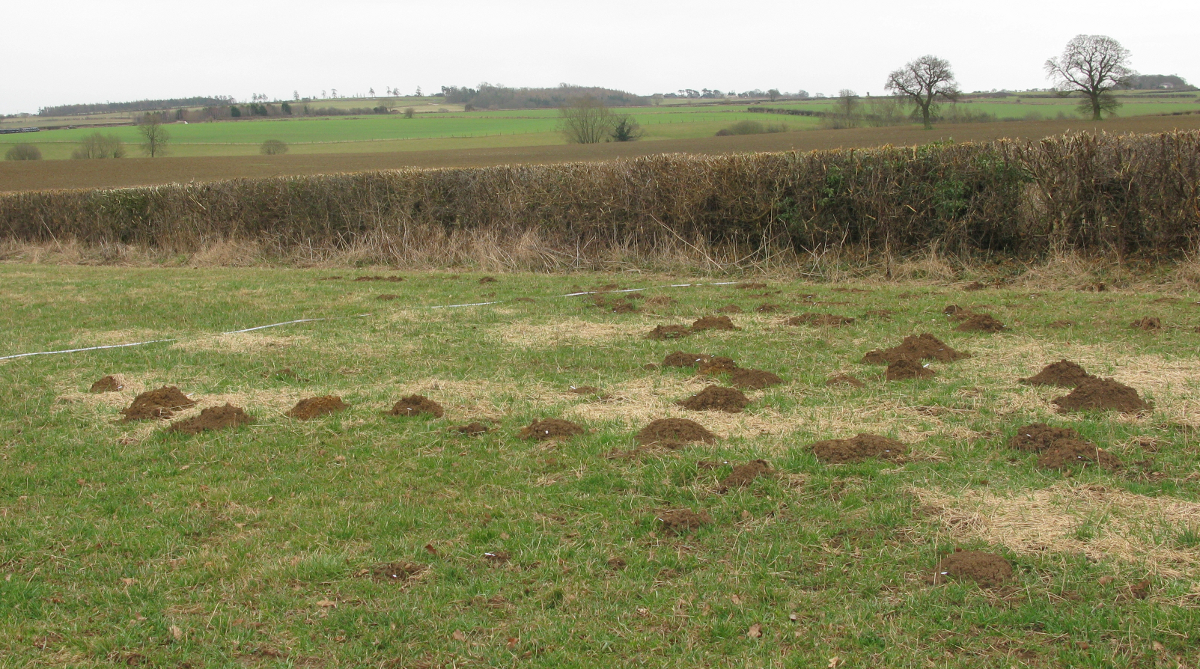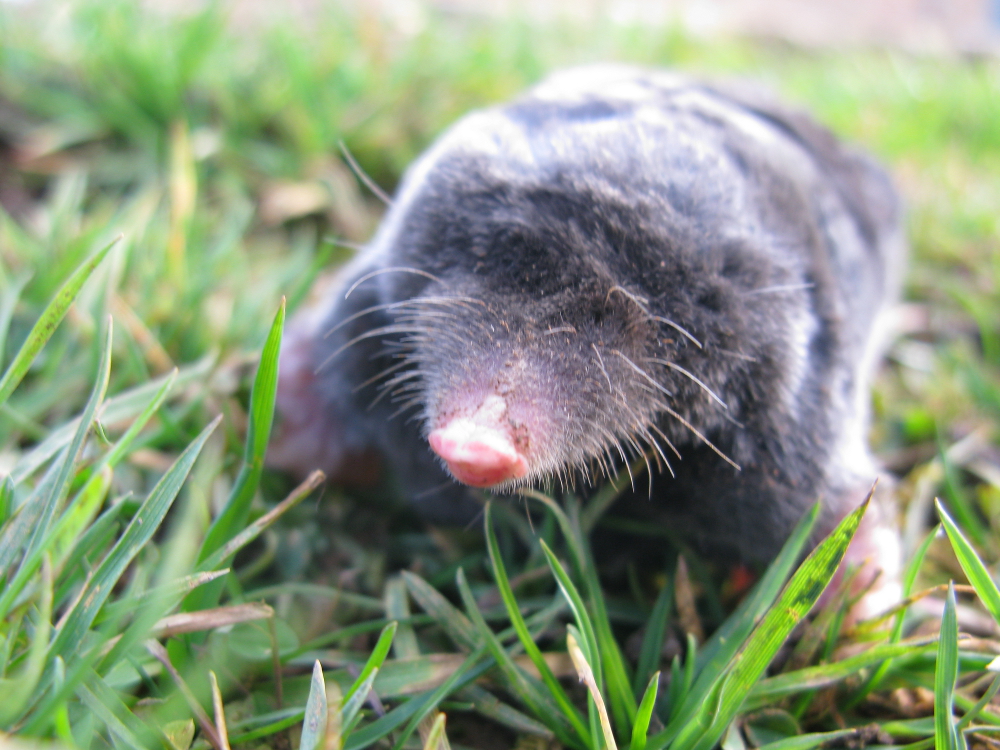News
Moles and mole control in Britain after strychnine
Molehills are a familiar sight in the British countryside and the moles that create them are often considered pests. Until recently it was legal to poison moles with strychnine, which is widely regarded as inhumane. Strychnine was withdrawn from use in mole control in 2006, leading to fears that mole populations would increase. In a newly published study, conducted in 2007, a WildCRU team led by Dr Sandra Baker asked British farmers, amenity managers, and householders about moles and mole control on their land; we had responses from 1,265 people. We found that moles were present on most farms and amenities and 16% of domestic gardens; where moles were present they were generally considered pests. This was more likely in Wales, Scotland and northern England, on livestock and mixed farms, and on large, high-value amenities, e.g., racecourses and golf courses. Mole control was usually carried out where moles were thought pests.
The study found that, in 2007, the most popular method of mole control was kill-trapping. However, because mole traps are currently unregulated, whether they meet welfare standards is unknown. The results suggested that more control may occur than is justified, either economically or potentially ethically. Control efforts peaked in spring, a time at which our previous research has shown breeding males are more likely to be caught; where control is necessary it could therefore be more effectively targeted for population control. The study found no evidence for an increase in mole activity since the early 1990s.
This study is published in Animals journal, in a special edition on Ethical and Welfare Dimensions of the Management of Unwanted Wildlife:
Baker, Sandra E.; Ellwood, Stephen A.; Johnson, Paul J.; Macdonald, David W. (2016) Moles and Mole Control on British Farms, Amenities and Gardens after Strychnine Withdrawal. Animals, 6(6): 39: http://www.mdpi.com/2076-2615/6/6/39.







